Norway is a wonderful country for hiking, although it is hard to find information on good spots to find wildflowers. One interesting hike we found started in the Mørkridsdalen Valley, near Skjolden in west Norway. We were a bit early for a profusion of wildflowers, but it was a wonderful hike along the river through the forest filled with ferns and mosses.
Click on any photograph to see a larger image.
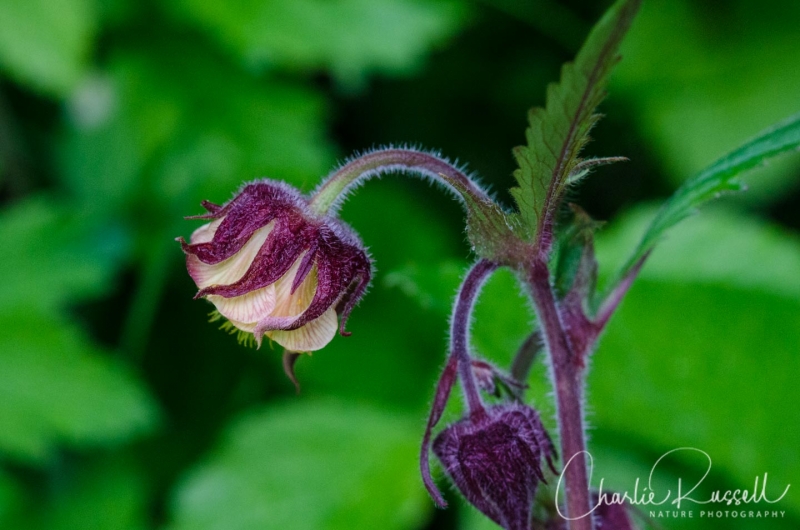
The Hike
There are lots of options for hiking in this area. The river flows through a long valley that is fairly level, and there are several waterfalls along the way. Since it was raining, we chose to drive up the valley as far as we could, to the Hodnevollen trailhead. We hiked a bit over a mile up the trail to Storatjødni, a nice lake. This is a typical Norwegian trail, very steep!
Here’s a view looking down the valley from the the trailhead.
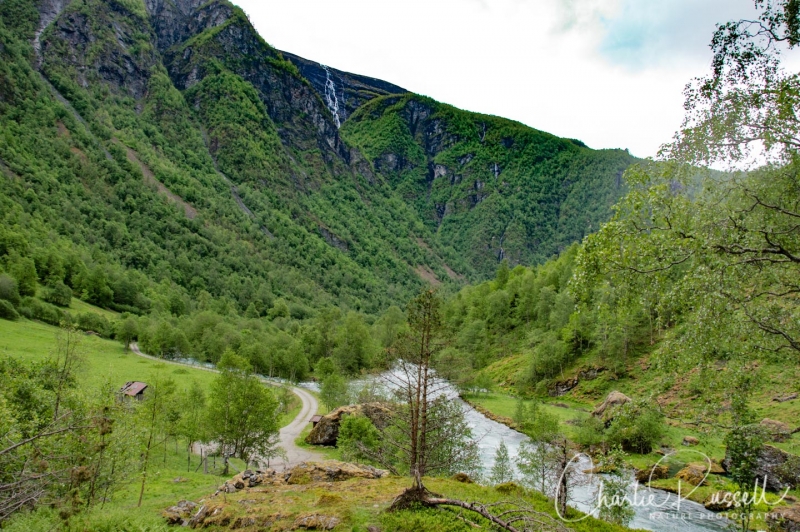
The trail is well maintained, for the most part. As with most Norwegian trails (at least in my experience) it starts off with a somewhat steep climb.
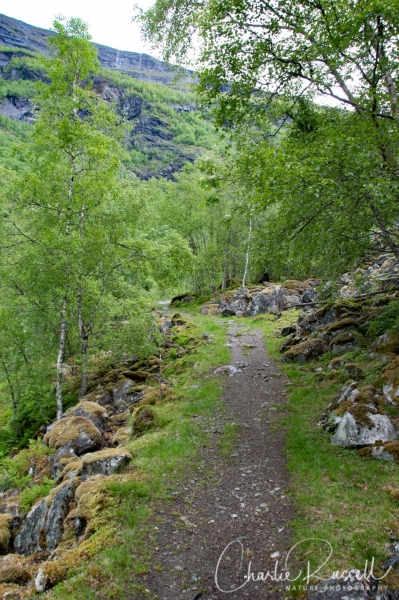
For the first mile the trail runs close to the river. Note the wonderful blue color of the water – the source of this river is a glacier in Breheimen National Park, and the color comes from suspended sediments. This is called “glacier milk”. The air was noticeably cooler when you were close to the river.
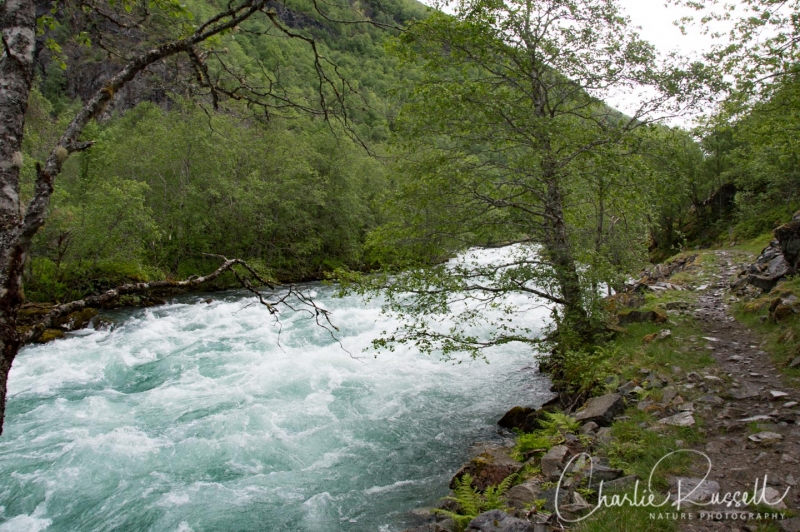
As you climb further up the trail, you move further away from the river. The area is lush with many kinds of ferns and mosses.
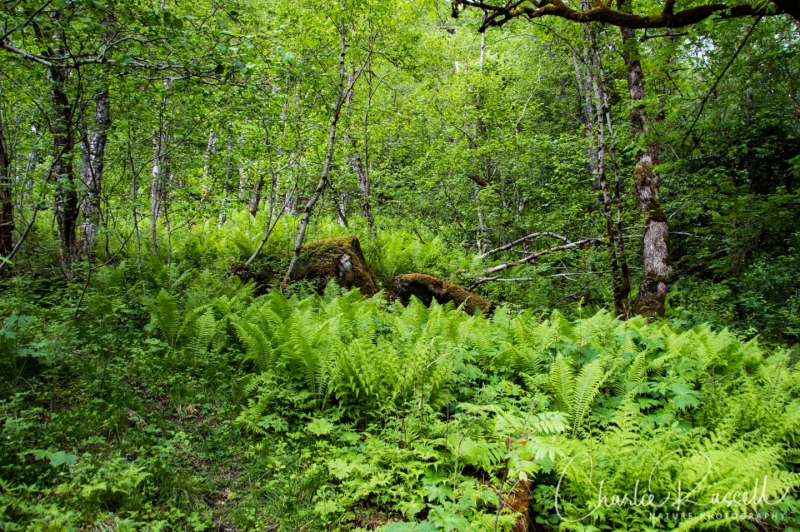
The trail becomes more rugged, and you start clambering up the rocks. Coming back down this path we were very happy to have our trekking poles. It was a drizzly day, these rocks were slick!

Along the way we were accompanied by some of the local denizens.
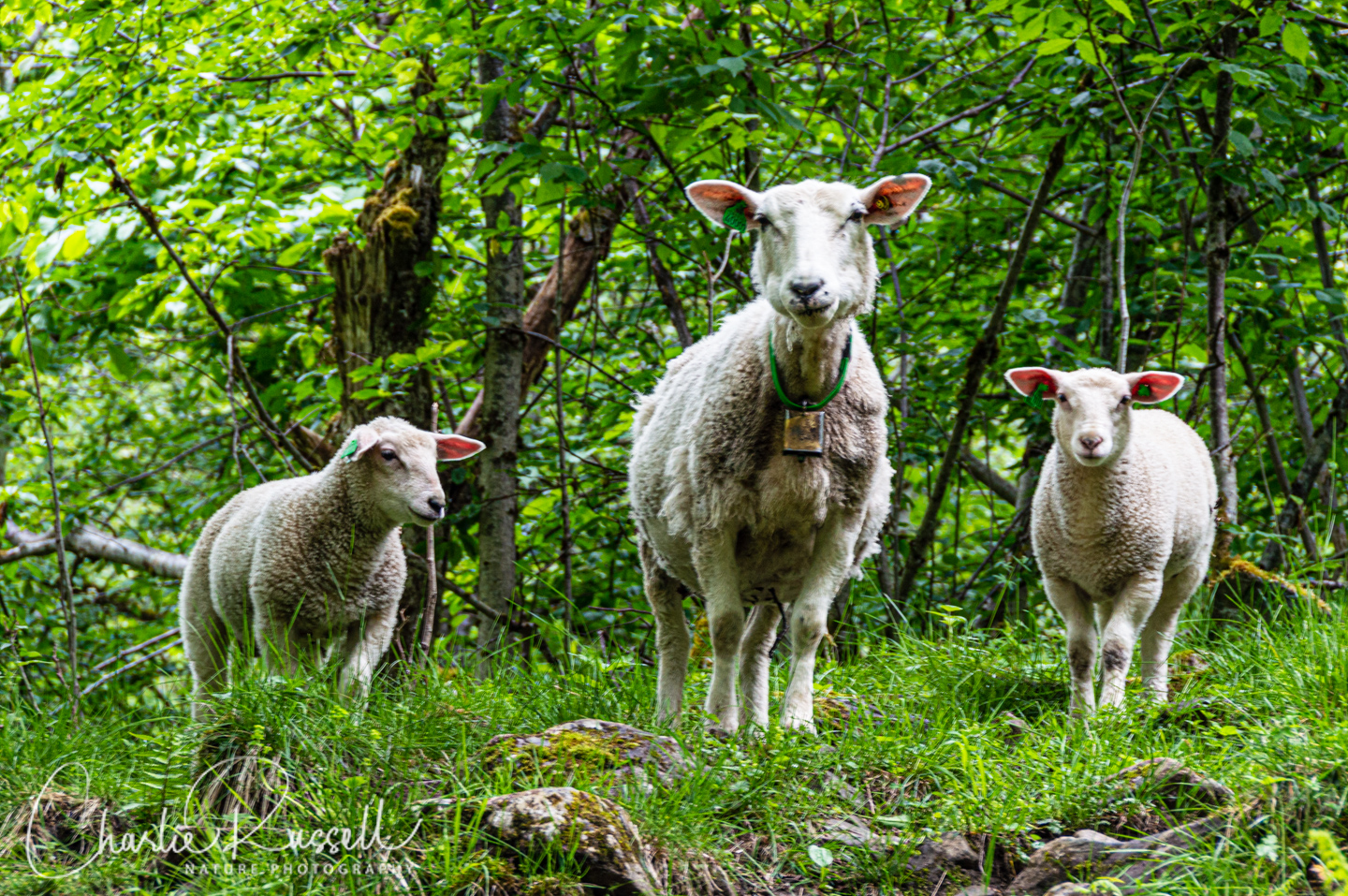
Our endpoint was Storatjødni, a beautiful reflective lake. The trail does continue further, but the lake level was so high that it had flooded the portion that runs along the lake shore.
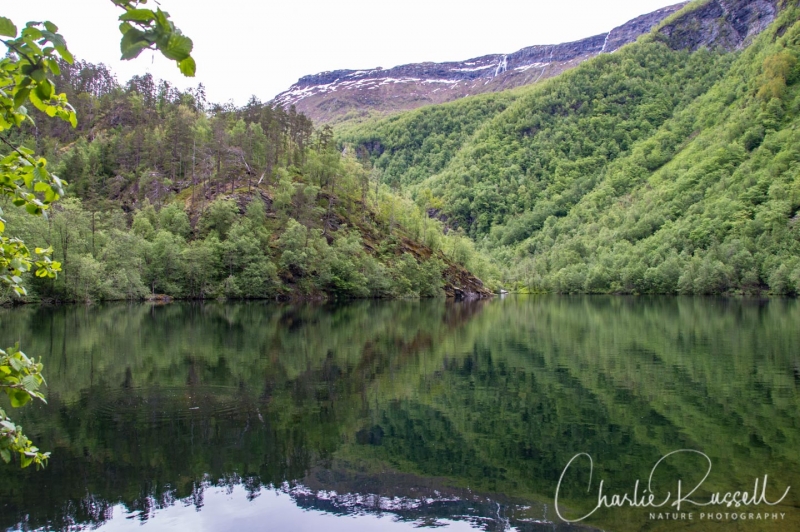
Click the track to see an elevation graph. Move your mouse along the elevation graph to show the location on the map. The Refresh icon will re-center the map. The Expand icon will expand to full screen.
Morkridsdalen Valley
Profile
Skjolden
Description
Timing is Everything
We visited the area in early June. There was still snow on the mountain tops, and waterfalls were roaring everywhere. We had a rainy day, although we were lucky to hit a break during our hike. The rocky trail was slippery, though. It is my understanding that spring had come a bit later than usual this year, so we were on the early end of things for wildflowers. I would love to come back again, perhaps in late June.
Directions
Mørkridsdalen Valley ends at Skjolden , at the tip of the Lustrafjorden in western Norway. There is a road that starts on the east side of the river on route 55 that leads up through the valley. Just keep heading up the valley along the river. Eventually you’ll cross a bridge to the west side of the river, and the road gets much narrower. Eventually you will reach the end, where there is a parking lot with a bulletin board labeled “Hodnevollen”. Park here and head up the trail.
Morkridsdalen Valley Wildflowers
Please feel free to help me with the identification of any “unidentified” flowers listed here, as well as correcting any errors I may make. Click on any photograph to see a larger image
Arctic starflower was the most prevalent flower along this hike. Very lovely.
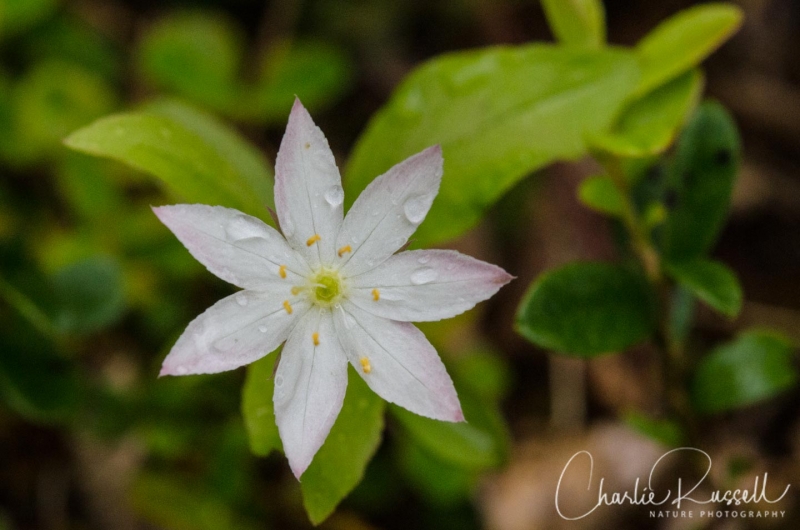
There were quite a few violets, at least three different species. The Dwarf marsh violet is tiny, but was my favorite.
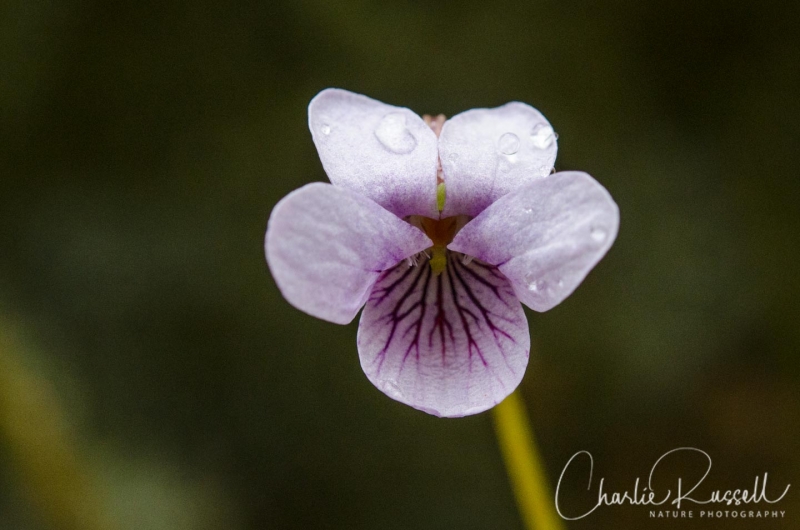

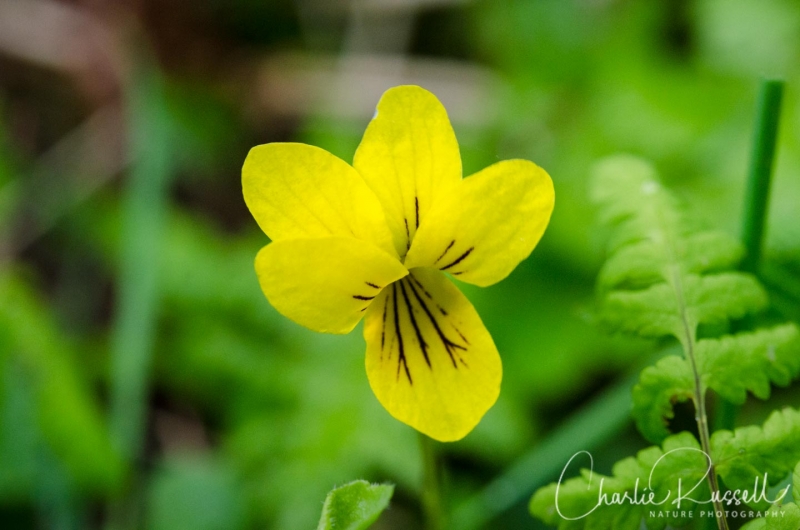
The most interesting find was several patches of Northern wolfs-bane, which is very similar to the Monkshood that I’m familiar with in the US.

For the best viewing experience, click on the lightbox image below, and you can scroll through larger versions of the photos of many of the plants (and other things) that we found on this hike. All photos are available for purchase in a variety of formats.
In addition to what I show in the article above, we found:
- Norwegian cinquefoil, Potentilla norvegica
- Ranuculus (not sure which)
- Greater stitchwort, Stellaria holostea
- Wood sorrel, Oxalis acetosella
- Alpine rockcress, Arabis alpina
- Woodland strawberry, Fragaria vesca
- Red campion, Silene dioica
- Wood cranesbill, Geranium sylvaticum
- Forget-me-not, Myosotis arvensis




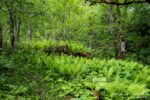







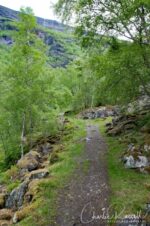



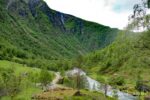


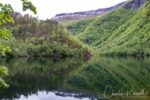



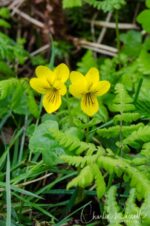
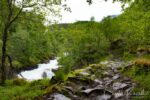
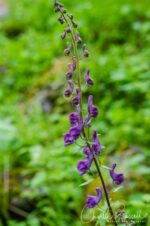





Thanks for posting. Very evocative.
Glad you liked it!